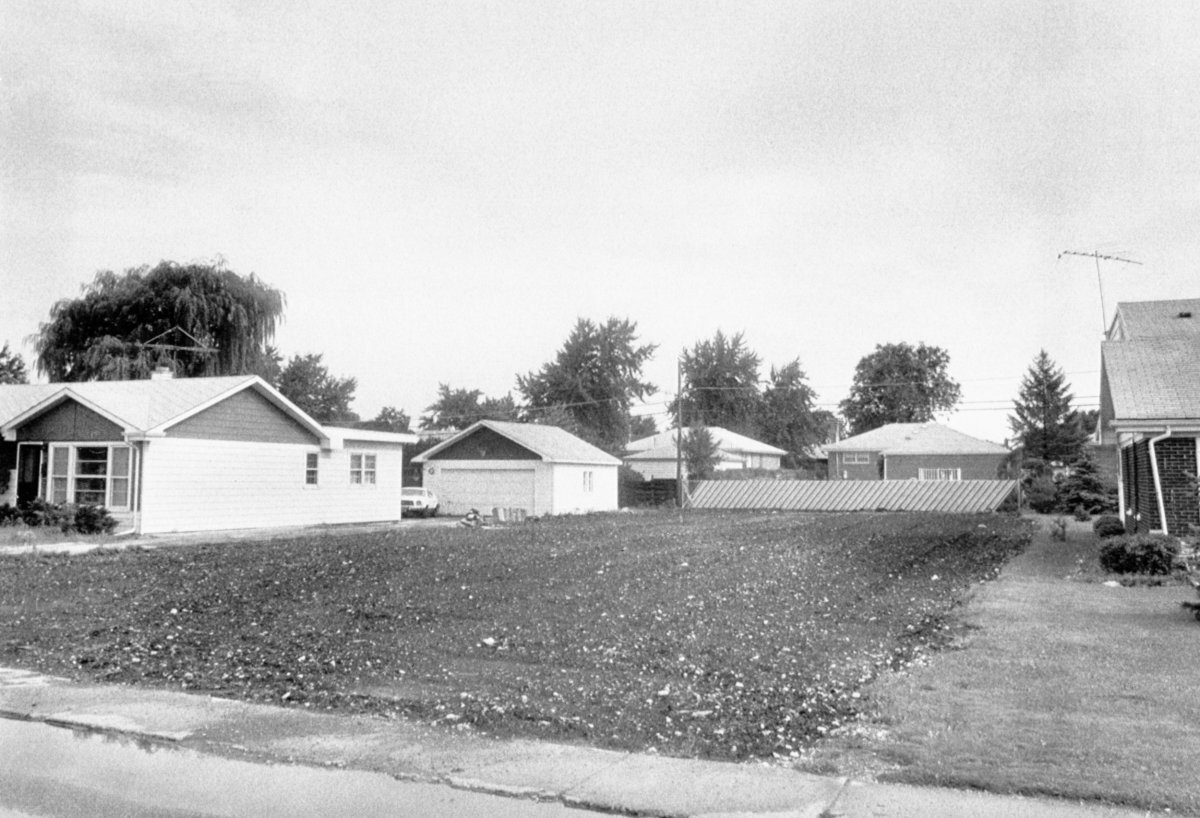
John Wayne Gacy, one of America's most notorious serial killers, left a chilling legacy that still haunts many. His house, located at 8213 W. Summerdale Avenue in Chicago, became infamous as the site where he committed his gruesome crimes. Gacy's house was not just a residence but a macabre scene where he lured and murdered at least 33 young men and boys. The property has since been demolished, but the dark history remains etched in public memory. This article delves into 35 chilling facts about the John Wayne Gacy house, shedding light on the sinister events that transpired within its walls. Prepare to uncover the eerie details that make this location a haunting chapter in true crime history.
The Infamous John Wayne Gacy House
John Wayne Gacy, also known as the "Killer Clown," was one of America's most notorious serial killers. His house in Norwood Park, Chicago, became infamous for the gruesome discoveries made there. Here are some chilling facts about the house that will give you a glimpse into the dark history behind its walls.
-
The house was located at 8213 West Summerdale Avenue in Norwood Park, a quiet neighborhood in Chicago.
-
Gacy bought the house in 1971 and lived there until his arrest in 1978.
-
The property was a single-story ranch-style home with a crawl space beneath it.
-
Gacy used the crawl space to hide the bodies of his victims, making it a literal house of horrors.
The Horrors Beneath
The crawl space beneath Gacy's house was where he hid many of his victims. This small, confined area became a graveyard for the young men and boys he murdered.
-
Gacy initially buried his victims in the crawl space but later ran out of room.
-
He then began disposing of bodies in the Des Plaines River.
-
In total, 29 bodies were found buried on the property.
-
The crawl space was so small that Gacy had to dig trenches to fit the bodies.
The Investigation and Arrest
The investigation into Gacy's crimes eventually led to his arrest and the discovery of the horrors hidden in his home.
-
Gacy was arrested on December 21, 1978.
-
Police initially searched the house for evidence related to the disappearance of Robert Piest, a 15-year-old boy.
-
During the search, officers noticed a foul odor coming from the crawl space.
-
Further investigation revealed the remains of multiple victims.
The Aftermath
After Gacy's arrest, the house became a focal point for media and public attention. The gruesome discoveries made there shocked the nation.
-
The house was demolished in 1979 due to its association with the murders.
-
A new house was built on the same lot in 1988.
-
The address was changed to 8215 West Summerdale Avenue to distance it from its dark past.
-
Despite the new house, the property still attracts curiosity seekers and true crime enthusiasts.
The Victims
Gacy's victims were primarily young men and boys, many of whom were lured to his home under false pretenses.
-
Gacy often posed as a contractor or offered his victims jobs to lure them to his house.
-
He would then handcuff them, sexually assault them, and strangle them.
-
Most of his victims were between the ages of 14 and 21.
-
Many of the victims were runaways or young men estranged from their families.
The Legacy
The legacy of John Wayne Gacy and his house continues to haunt the public imagination. His crimes have been the subject of numerous books, documentaries, and films.
-
Gacy was convicted of 33 murders, making him one of the most prolific serial killers in U.S. history.
-
He was sentenced to death and executed by lethal injection on May 10, 1994.
-
Gacy's case led to changes in how missing persons cases are handled by law enforcement.
-
The house and its history have been featured in various true crime shows and documentaries.
The Psychological Profile
Understanding Gacy's psychological profile has been a topic of interest for criminologists and psychologists.
-
Gacy was diagnosed with antisocial personality disorder.
-
He showed no remorse for his crimes and often blamed his victims.
-
Gacy's ability to lead a double life as a respected community member and a serial killer baffled many.
-
He was known for his work as a clown at children's parties, earning him the nickname "Killer Clown."
The Cultural Impact
The story of John Wayne Gacy and his house has left a lasting impact on popular culture and public consciousness.
-
Gacy's crimes have inspired numerous works of fiction, including books and movies.
-
His case has been studied in criminal psychology courses and law enforcement training programs.
-
The house has become a symbol of the hidden horrors that can exist behind closed doors.
-
Gacy's story serves as a grim reminder of the potential for evil in seemingly ordinary people.
The Ongoing Fascination
Despite the passage of time, the fascination with John Wayne Gacy and his house continues.
-
True crime enthusiasts often visit the site of the former house.
-
The story of Gacy's crimes is frequently discussed in true crime forums and podcasts.
-
The legacy of John Wayne Gacy serves as a cautionary tale about the dangers of trusting strangers.
Final Thoughts on John Wayne Gacy's House
John Wayne Gacy's house holds a chilling place in history. Known for his heinous crimes, Gacy's home became infamous as the site where he lured and murdered his victims. The house, located in Norwood Park, Illinois, was demolished in 1979, but its dark legacy remains. Gacy's actions shocked the nation, leading to his conviction and eventual execution in 1994. The property has since been rebuilt, but the memory of what occurred there lingers. Understanding the history of Gacy's house offers a glimpse into the mind of one of America's most notorious serial killers. While the physical structure no longer exists, the stories and facts surrounding it continue to captivate and horrify. This grim chapter in true crime history serves as a reminder of the depths of human depravity and the importance of vigilance in our communities.
Was this page helpful?
Our commitment to delivering trustworthy and engaging content is at the heart of what we do. Each fact on our site is contributed by real users like you, bringing a wealth of diverse insights and information. To ensure the highest standards of accuracy and reliability, our dedicated editors meticulously review each submission. This process guarantees that the facts we share are not only fascinating but also credible. Trust in our commitment to quality and authenticity as you explore and learn with us.


